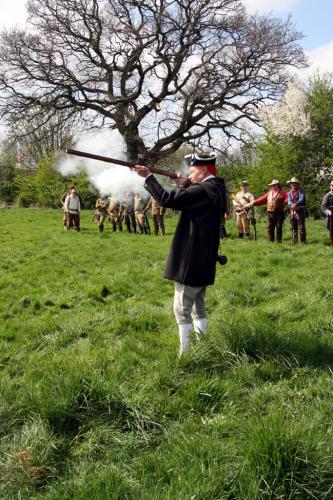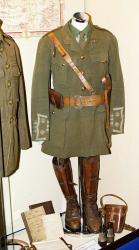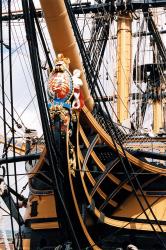Translate this Page
Anniversaries for today :
Welcome to Clash of Steel!
[ About us ]
[ Contribute a battle ]
[ Contribute a review ]
[ Contribute a reenactment group ]
[ Contact us ]
Featured battle : Lonato [2]
Part of The French Revolutionary and Napoleonic Wars
Date : 04 August 1796
When the Austrians were defeated at Lonato on the 2nd August they left a small garrison to hold the fortified town. The Austrians surrendered to Bonaparte with little show of resistance. There were no casualties on either side and all the Austrians were captured.
Featured image :
Firepower through the ages - Flintlock musket of the 1770s - MUR3_ftamusket8

Loading and firing an American flintlock musket of the American War of Independance
Gallery updated : 2022-04-04 08:33:43
Featured review :
Hill 112, The Key to Defeating Hitler in Normandy
Tim Saunders
This is the story of the battle for one hill in the whole of the Normandy campaign. The content covers all layers of action from Montgomery’s strategic vision to the gritty realism of the individual soldier. Voices from both sides are heard as the positions shift back and forth over quite a small very important hill. Tim Saunders’ extensive research has produced a narrative which takes the reader as close to the truth of a battle as one can get. So close that some of the truth is not for the squeamish. The casualties on both sides were huge but the action succeeded strategically in pulling in most of the Panzer reserves to free up the American sweep to the south.
The gripping narrative is supported by an abundance of maps and a super set of photographs, as far as battle books go you could not get better.
We highly recommend Tim Saunders’ book.
Pen & Sword Military, 2022
Reviewed : 2022-08-29 09:00:49






